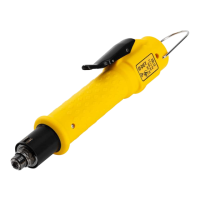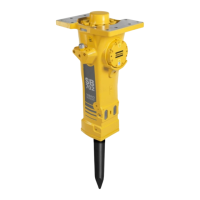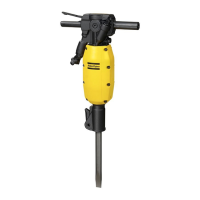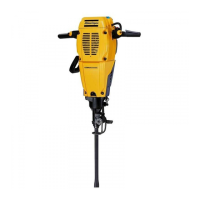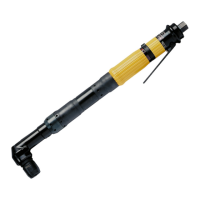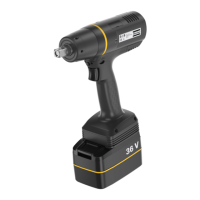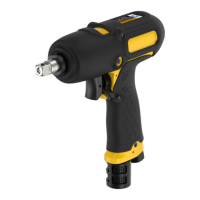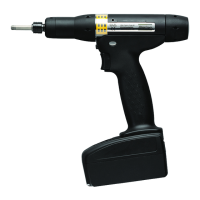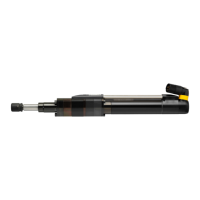SPC and Statistics
402 9836 3521 01
7.2 SPC, Statistical Process Control
The purpose of the built-in SPC function is to provide the operator or quality control staff with data that will
enable them to judge the stability and capability of the assembly process according to standard SPC rules.
By automating the SPC function within the PowerMACS the work will be simplified and carried out without
the necessity of external SPC charts.
Since any assembly parameter within PowerMACS can be used as a SPC variable, it is necessary to
understand that only variables controlled by the PowerMACS reflects the performance of the PowerMACS
system. Other variables will mainly reflect results from other processes. If e.g. a torque value is applied to
a joint, then obviously SPC of the final torque value, and conclusions from that, such as Cp and Cpk will
reflect the performance of the tool and the controller. A SPC study of the angle from some torque level will
in the same case reflect mainly other aspects outside the PowerMACS sphere of influence, such as
friction of the threaded surfaces, machining of thread and mating surfaces etc. even though it is reported
by PowerMACS.
The built-in SPC is very flexible and it is possible to tailor data collection, calculations, and checks to suit
most needs.
7.2.1 Data Collection
Data is collected only for those variables that have been set up for collection. Data are collected in two
main ways:
As subgroups for the SPC and TDA
As latest results, or Short Term Trend
For the SPC and TDA function data is collected into subgroups. Only data with bolt status OK are
calculated on, results from NOK cycles are ignored. The Subgroup size defines how many samples a
subgroup is calculated from.
When Subgroup size values have been collected they are used to calculate the Average value and the
Range or Standard deviation. These values are saved for the subgroup while the original values are lost.
This is repeated with a selectable frequency, either specified in number of samples (Samples), or in time
between start of subgroups (Minutes). Note that the selected frequency only controls when collection of
data for a subgroup should be started. When started, the result of each OK cycle is taken until the
subgroup is filled.
If frequency is specified as Samples, say N, then the collection of a new subgroup is started N samples
after that the previous subgroup was started. When started, the result of each OK cycle is taken until the
subgroup is filled.
If frequency is specified as Minutes, say T, then the collection of a new subgroup is started T minutes
after that the collection of the previous subgroup was started. Also, if a subgroup is not complete within 30
minutes it is discarded.
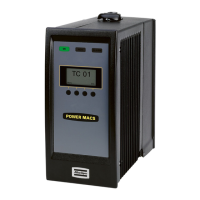
